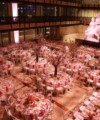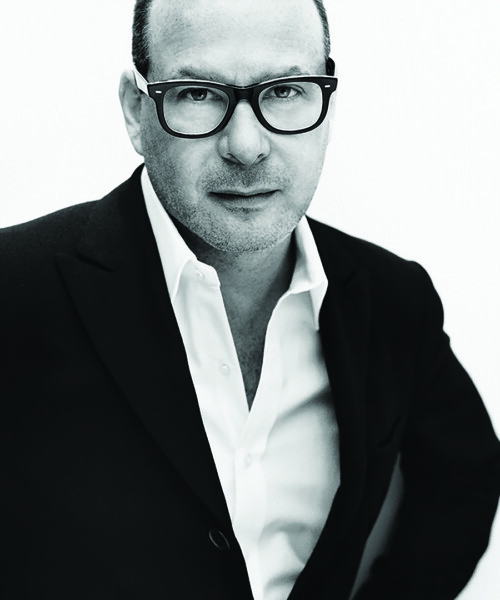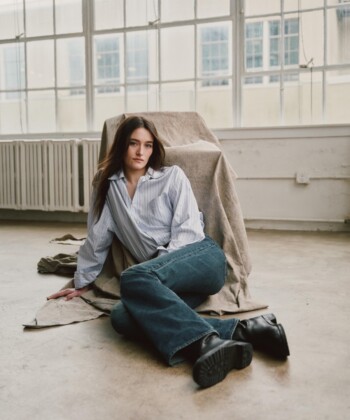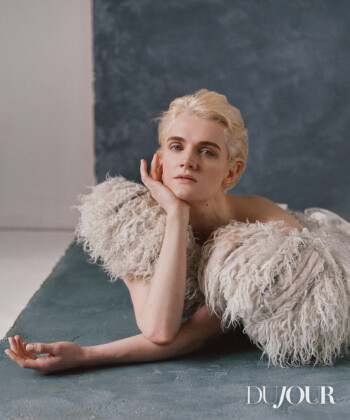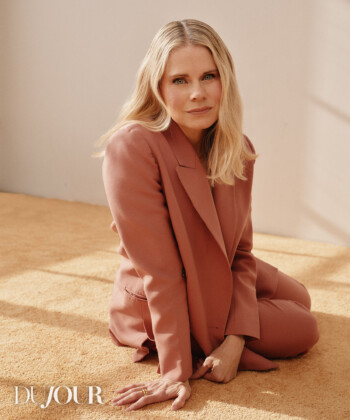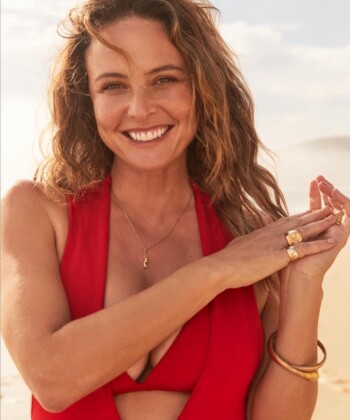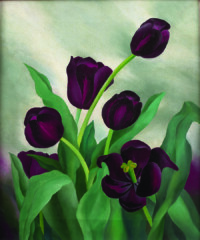A modernist might call it vanilla. Nostalgics revere it as the epitome of classic elegance. But a traditional Tiffany setting—the real McCoy, complete with trademark and blue box—was considered a mold-breaking, game-changing design at the time.
When it debuted in 1886, the Tiffany setting was a departure from the preferred look of the day: elaborately engraved rings that rimmed the diamond in a sparkle-stifling bezel. Company founder Charles Lewis Tiffany’s design emphasized the diamond’s beauty by lifting it high above the band and into the light. Six unobtrusive V-shaped prongs secured the diamond in place, effectively making the gem, not the metalwork, the star of the show.
“It’s one of the most significant innovations in jewelry history,” acknowledges Reed Krakoff, the house’s chief artistic officer.

Audrey Hepburn and George Peppard select a sterling-silver Tiffany telephone dialer in 1961’s Breakfast at Tiffany’s.
After 132 years, the Tiffany setting remains the most popular engagement ring style in the world—and its iconic design has laid the groundwork for every Tiffany engagement ring debut since, including the house’s first in nearly a decade, Tiffany True.

Personalized ring box
“Tiffany True honors this legacy while reflecting our constant pursuit of innovation,” says Krakoff. “The most exciting aspect is how we leveraged our unique cutting expertise to develop a new proprietary diamond cut that combines a brilliant-cut pavilion and a step-cut crown to create unique patterns of light and shadow.”

Tiffany True
It’s what a gemologist might describe as a “square mixed cut,” but suffice it to say, the diamond has been engineered for maximum brilliance. “At Tiffany, we cut for beauty and performance, not weight,” says Krakoff. “Our world-class engineers and diamond experts designed this faceting arrangement to be bright, fiery, and full of life, with unique depth and texture.”
The new Tiffany True cut is preceded by two other important proprietary diamond cuts. Tiffany Novo was a reimagined cushion cut that debuted in 2007. (Its faceting arrangement was inspired by that of the famous 128.54-carat Tiffany Diamond from 1878.) Tiffany Novo was created when the “vintage look” was starting to become popular with brides. Featuring four tapered prongs and a band of delicate pavé, it remains a ring for modern romantics, and the basic principles of the diamond’s cut have expanded to other shapes.

Tiffany Novo
Tiffany Lucida was a big deal when it launched in 1999, just in time for proposals happening at the dawn of the millennium. It was the house’s first engagement ring debut since the Tiffany setting and was fiercely modern in comparison. It, too, centered on the idea of a solitaire diamond, but the stone itself was a patented mixed cut—square-shaped with slightly nipped corners and a sparkle comparable to that of a round brilliant-cut diamond.
Named for the brightest star in a constellation, Lucida launched with great fanfare at the MetLife Building’s Sky Club in September of that year, just as Hurricane Floyd began to rain down on New York City. “Rooted in our heritage but indicative of times to come, Lucida is a diamond of purity and restraint,” Tiffany & Co.’s then-president, Michael Kowalski, said in an article appearing in Women’s Wear Daily. Supermodel Christy Turlington participated in the event (modeling a Lucida engagement ring, dressed in Calvin Klein). Diana Krall played a set. A laser light show shrouded the blocks between 59th and 34th streets in a luminous Tiffany blue glow.
Lucida was recently retired, presumably to keep the house focused on the general direction of innovation and newness that Krakoff’s vision requires. “Simply put, Tiffany True is the new standard for Tiffany,” he says. “Its design is actually very much inspired by that of the Lucida. Lucida shows a depth and subtlety, while Tiffany True demonstrates greater intensity and fire.”

Tiffany Lucida
Meanwhile, the Tiffany True setting favors strong geometric lines and is designed to sit low on a woman’s hand. Four discreet streamlined prongs blend seamlessly into the diamond, while the band is sleek, slightly tapered, and knife-edged. A beveled “T” has been subtly worked into the gallery. According to Krakoff, it’s a detail meant to symbolize both the house of Tiffany and the essence of true romance in general.
“Engagement is a significant part of our business, and it’s important that we continue to evolve the category,” says Krakoff. “We’re no longer only designing and marketing traditional ‘bridal’ jewelry, but recognizing and celebrating love and commitment in all its expressions.”

The Tiffany setting with pavé diamond band
As such, Tiffany True makes its debut along with graphic, clean-lined commitment rings and bracelets formed by upright and inverted T-shaped links. “Just as form follows function in architecture, so too are the pieces in this collection extremely wearable and stackable,” says Krakoff.
Speaking of architecture, Tiffany & Co. recently announced plans to renovate and redesign its iconic flagship on New York’s Fifth Avenue and 57th Street. The project kicks off this spring—and could change the way we shop for engagement rings altogether. Which means the clock is ticking for those who hope to pick out wedding rings together, maybe a Tiffany True, in the space that Truman Capote once described as having a quietness about it, a proud look and feel “with that lovely smell of silver and alligator wallets.” No pressure, of course…



